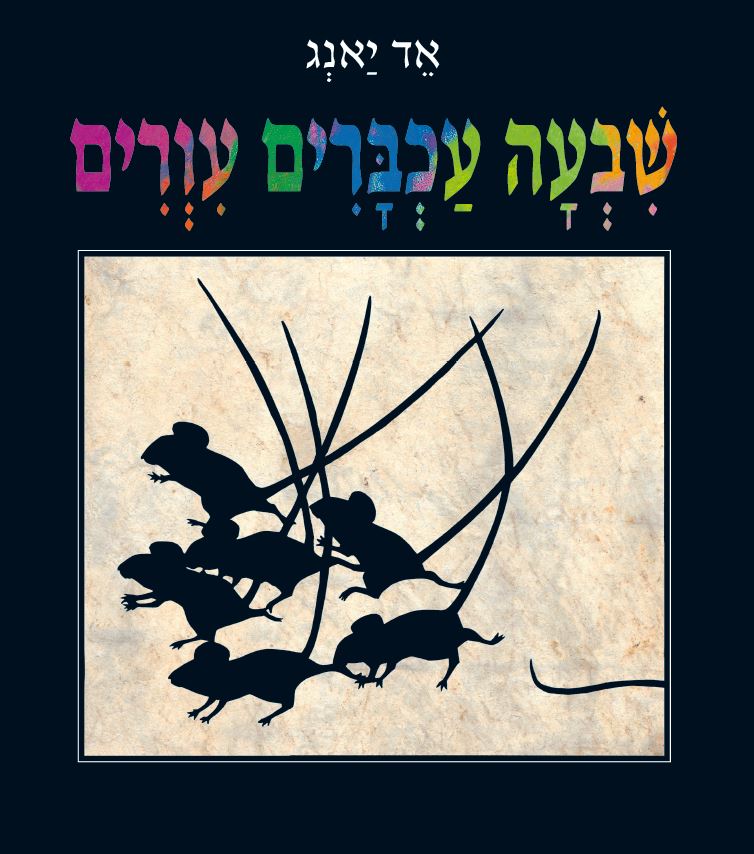מיכל דדוש גוטר, מדריכת הגיל הרך במרכז פסג''ה בעפולה, משתפת את הגננות במהלך השנה ברעיונות לפעילות. אנחנו שמחים שחלק מהפעילויות בעקבות ספרי תכנית ספריית פיג'מה. מיכל, תודה על היזמה וכל הכבוד. מצגת 'תעבירי הלאה'
צפו במבחר פעילות סביב הספר בגן אורן בשוהם עם הגננת ענת הלל. תודה לענת ולצוות הגן!



הגננת אני בן עמי מנהלת גן סיגלית בשוהם שתפה אותנו בפעילות היפה שנערכה בגן בעקבות הספר 'שבעה עכברים עוורים'. בקישור הזה תוכלו לקרוא על הפעילויות המגוונות ולראות תמונות. תודה לאני ולצוות גן סיגלית.
תודה רבה למיטל ואילנה, צוות גן גלים בחיפה, ששלחו לנו תיעוד של פעילות בעקבות הספר "שבעה עכברים עיוורים".
!מיטל כותבת: "הילדים צייירו בעינים עצומות... גם אני והסייעת אילנה התנסנו..." איזה רעיון מעורר השראה - תודה רבה מספריית פיג'מה


תודה רבה לאורלי פדידה, ששלחה לנו תמונות מפעילות בגן עופרים ברמת ישי
אורלי כותבת: "בהתחלה התלבטתי אם להכין שבעה עכברים ושהילדים יצבעו אותם, ואז עלה לי הרעיון להכין פיל עם סיכות מתפצלות. כל ילד צבע את החלק הנסתר ובכל חלק הם ידעו איזה צבע פיל מישש ומה הוא חשב שזה. הילדים ידעו וזכרו מהסיפור כמובן. ישנם 6 חלקים נסתרים והפיל נשאר לבן בסוף, זה מה שראה העכבר הלבן לכן הוא נשאר לבן."
אורלי, כל צוות הגן וכמובן הילדים - יישר כח ותודה רבה על השיתוף




תודה רבה לאורלי פדידה, ששלחה לנו תמונות מפעילות בגן עופרים ברמת ישי!
אורלי כותבת: "בהתחלה התלבטתי אם להכין שבעה עכברים ושהילדים יצבעו אותם, ואז עלה לי הרעיון להכין פיל עם סיכות מתפצלות. כל ילד צבע את החלק הנסתר ובכל חלק הם ידעו איזה צבע פיל מישש ומה הוא חשב שזה. הילדים ידעו וזכרו מהסיפור כמובן. ישנם 6 חלקים נסתרים והפיל נשאר לבן בסוף, זה מה שראה העכבר הלבן לכן הוא נשאר לבן."
אורלי, כל צוות הגן וכמובן הילדים - יישר כח ותודה רבה על השיתוף!
















